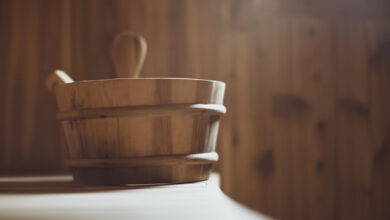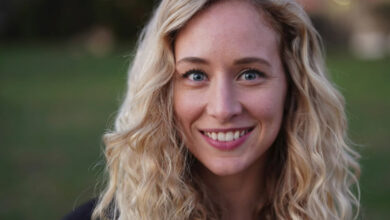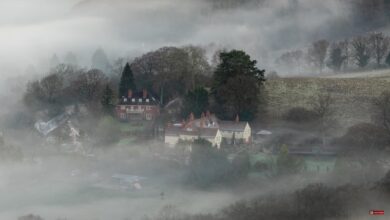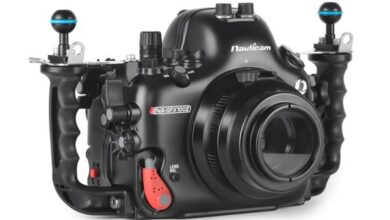Small Scenes: A Landscape Photographer’s Natural Progress?
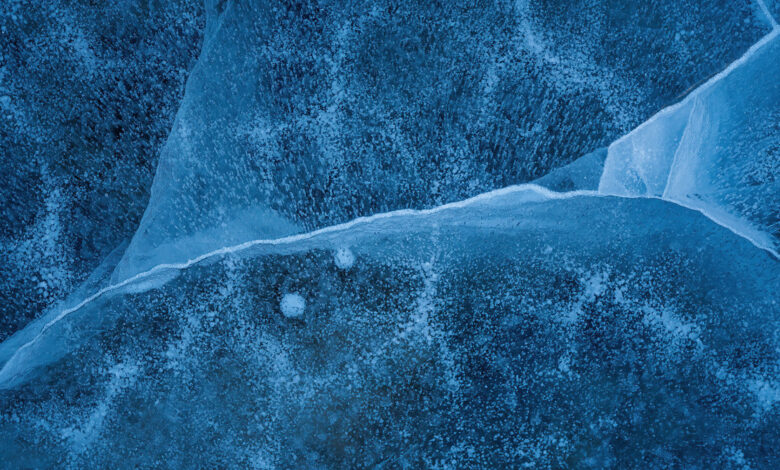
Small landscape photography: practice photographing small details in larger scenes. Is it simply a genre that some landscape photographers are drawn to? Or is it the natural development of a seasoned landscape photographer?
Start: Wide angle scene
When I first started photographing landscapes, I followed the path of many others. Wide shot from an extended view. A shot of a waterfall, often taken from a distance, with something in the foreground or a path of water flowing through the frame. Or a mountain range, hill or valley in the distance.
The common thread is that most of my images consist of wide scenes. I still apply compositional techniques to them: observing the edges of the image for distracting elements, strategically positioning the central subject of the scene, and working with the foreground elements. scenes to create beautiful images.
In my early days, I suspected that if I looked at my most common focal lengths, they would be between 16mm and 25mm, possibly reaching 70mm on some images. . As my early work shows, I’ve been taking pictures that way for a long time!

Telephoto photography for landscape photography?
I remember the first time an experienced landscape photographer mentioned their favorite lens as the 70-300mm or 100-400mm. I didn’t believe. What!? Why would you want to use those focal lengths for landscape photography?
In the early days, I thought telephoto lenses were for sports and wildlife, not landscapes. I always want the wider lens, not the longer one. It took me a while to open my mind and consider such a lens. I was skeptical.
But the seed has been sown. While I’m in no rush to buy a new lens as I explore and shoot, I’m starting to think: what can I do with a longer lens here?
What ultimately changed?
When you start practicing landscape photography, everything is new. Just being outdoors and seeing some of these amazing places can make you feel overwhelmed and want to document it all! Larger scenes captured with the wide-angle lens give a sense of relevance.
The entire waterfall is the subject. The whole mountain vista is the theme. Those are the scenes your eyes see, that you capture with the camera.
As time goes on, I believe that as a landscape photographer spending more time outdoors, your senses will change. In a way, you become “insensitive” to larger scenes. They’re still impressive, but your eyes are now more able to see details in those scenes.
Your eyes begin to perceive the smaller nuances of what you see. Perhaps how part of a waterfall falls on a particular rock. Or maybe it’s the way the light accents a distant ridge between the mountains. Or even the swirling water at the edge of the pond. As the feeling of being more in tune with nature and becoming more discerning began to spend more time outdoors and experience, that’s when I believe the small aspect of landscape photography will come to the fore.
Small Landscape Photography

A telephoto lens is almost always in my camera bag now: either 70-300mm or 100-400mm. Just last week, I was at a particular spot that I visit often and have not once attached my wide-angle lens, but instead observed the light and worked with the 100-400mm all evening, Look for subtle details.
Now, when I visit a waterfall, I tend to take some wider angle shots, but I usually attach a 100-400mm lens and start looking for patterns or details to highlight from that spot. . I find these little scenes and details make the places I’ve visited dozens of times more interesting. They are fresh when I look at them with a new perspective and approach. They are more likely to look different because I look at more intimate, subtle details.
The Evolution of the Landscape Photographer

This change is an evolution in my work and practice. I didn’t start out with landscape photography by being interested in small scenes in the landscape. Even to this day, it’s an area I’m still practicing and working on to improve.
Being out in nature more often with the camera enhances my senses and my creative eye to view these scenes. And it opened up a whole new world of landscape photography for me. Old, familiar places are new to me!
This does not mean that I will stop capturing majestic scenes. If I see a waterfall, I’ll take a panoramic shot, but I’ll most likely study the area to find those little details and capture those details too!
How about you?
Are you a landscape photographer capturing small scenes? Do you think it’s an evolutionary path to see them and photograph them? Or do they come naturally to you? Or do you think small landscape photography is just a trend and completely unrelated to past experiences?
